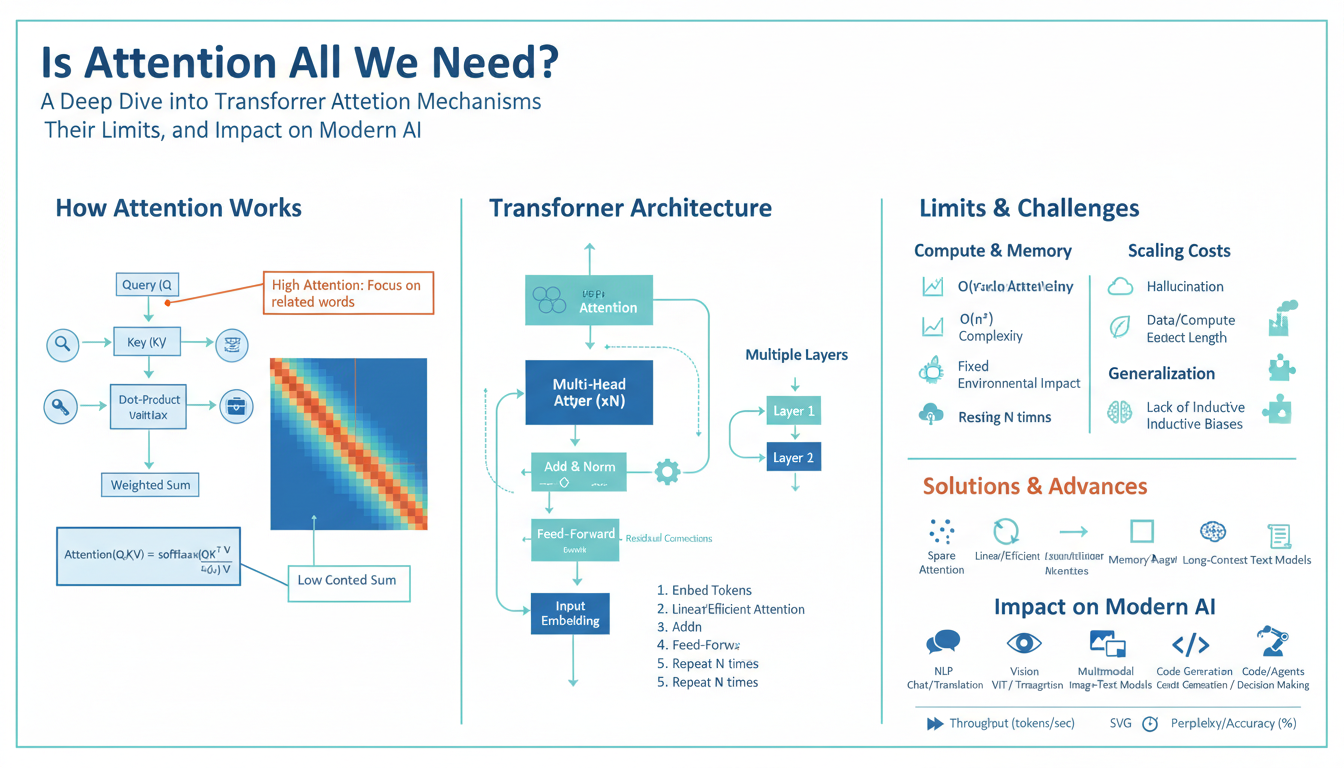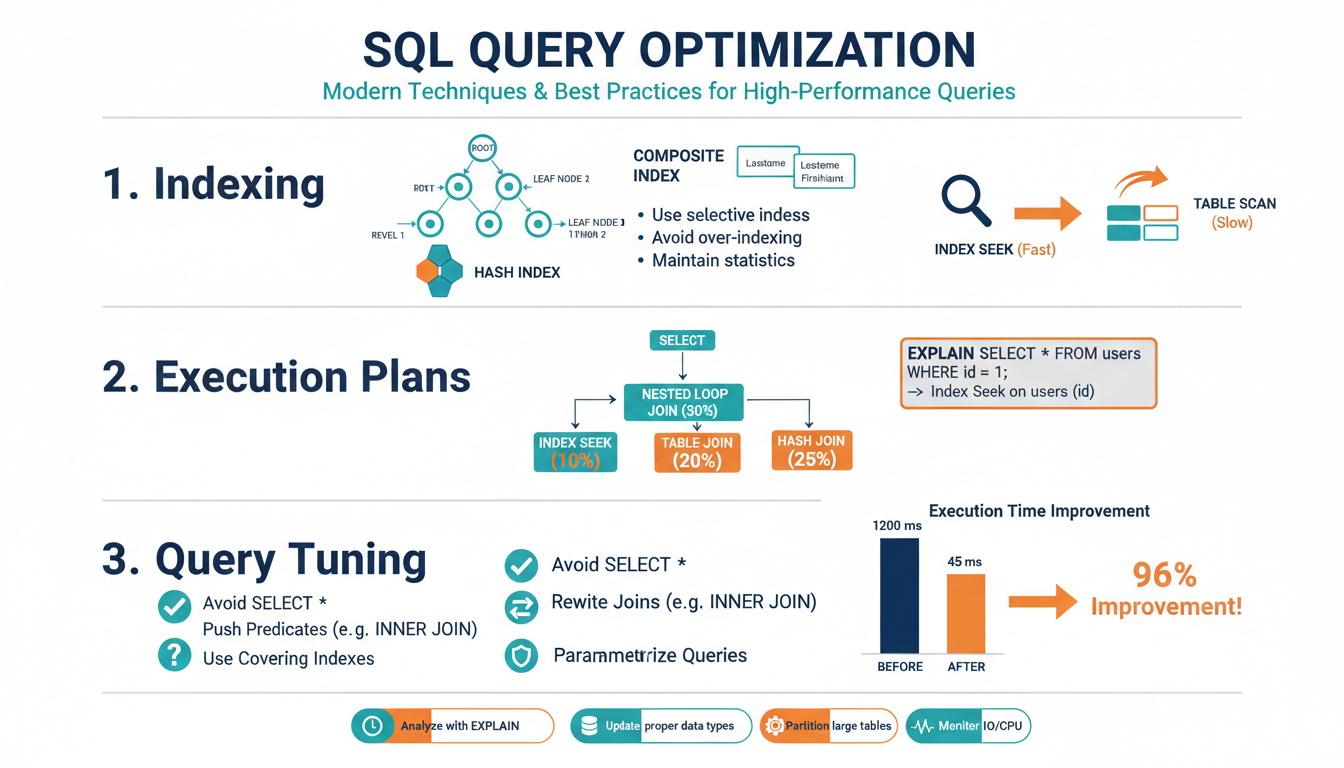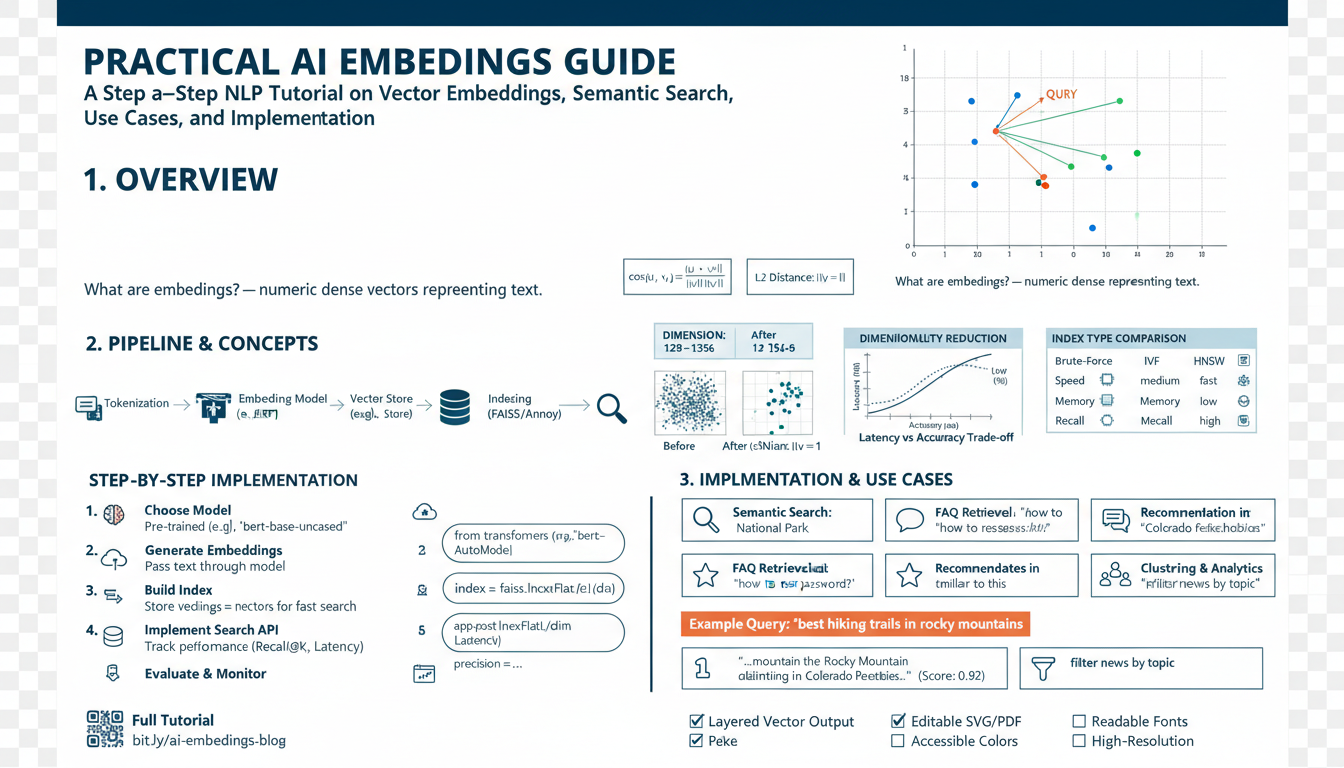
Noise‑Free RAG for LLMs: Practical Guide to Clean Retrieval‑Augmented Generation for More Accurate, Less Noisy Answers
Why RAG noise matters Retrieval errors and low‑quality matches inject irrelevant or misleading text into the LLM’s context; the model then treats that material as authoritative. That single failure mode cascades: factual contradictions and hallucinations become more frequent, answers drift off-topic, and confidence scores no longer correlate with truth. Practically,







